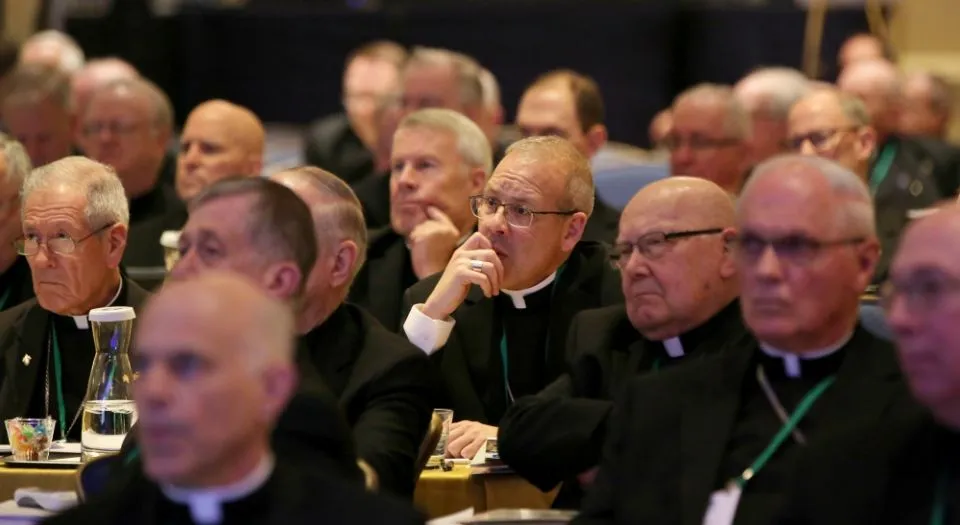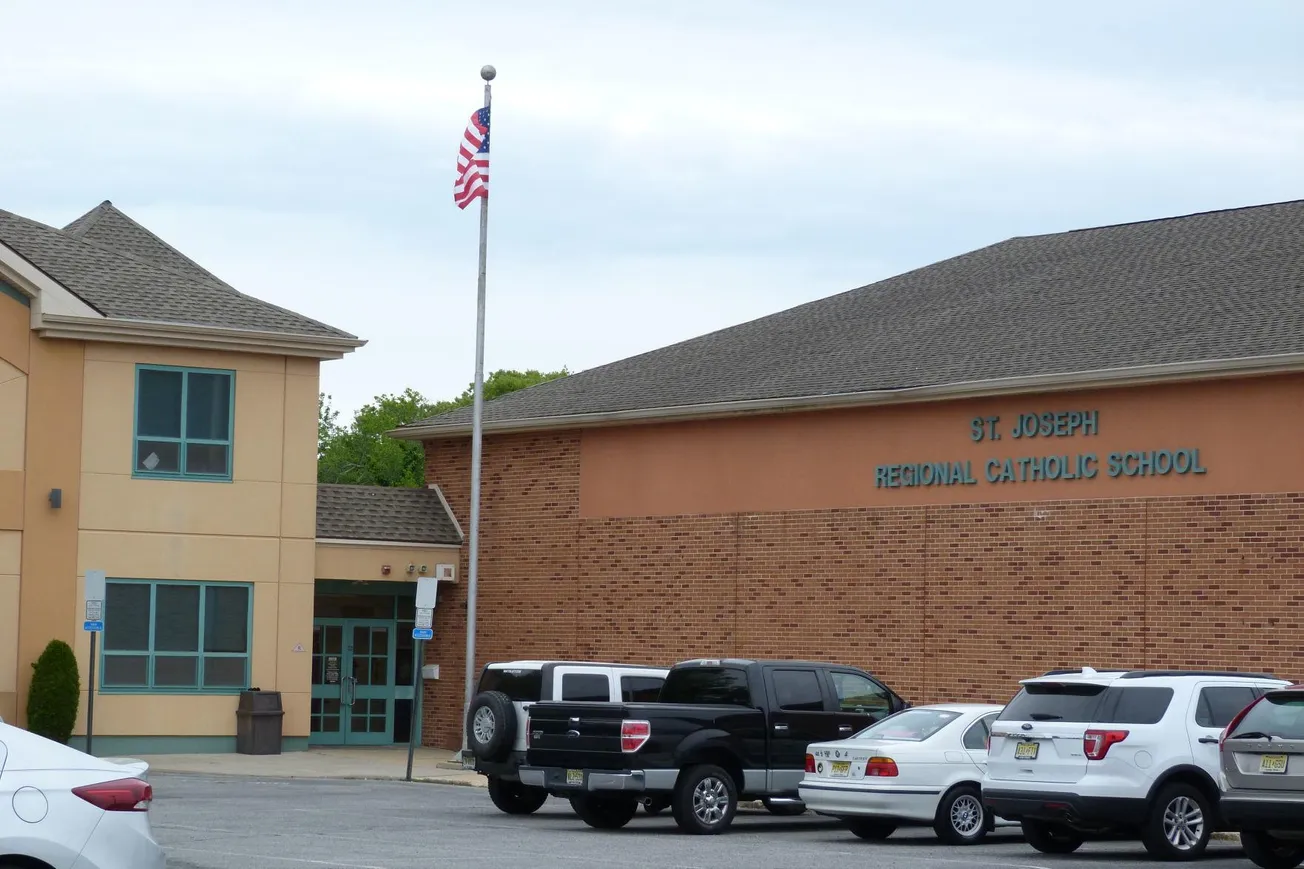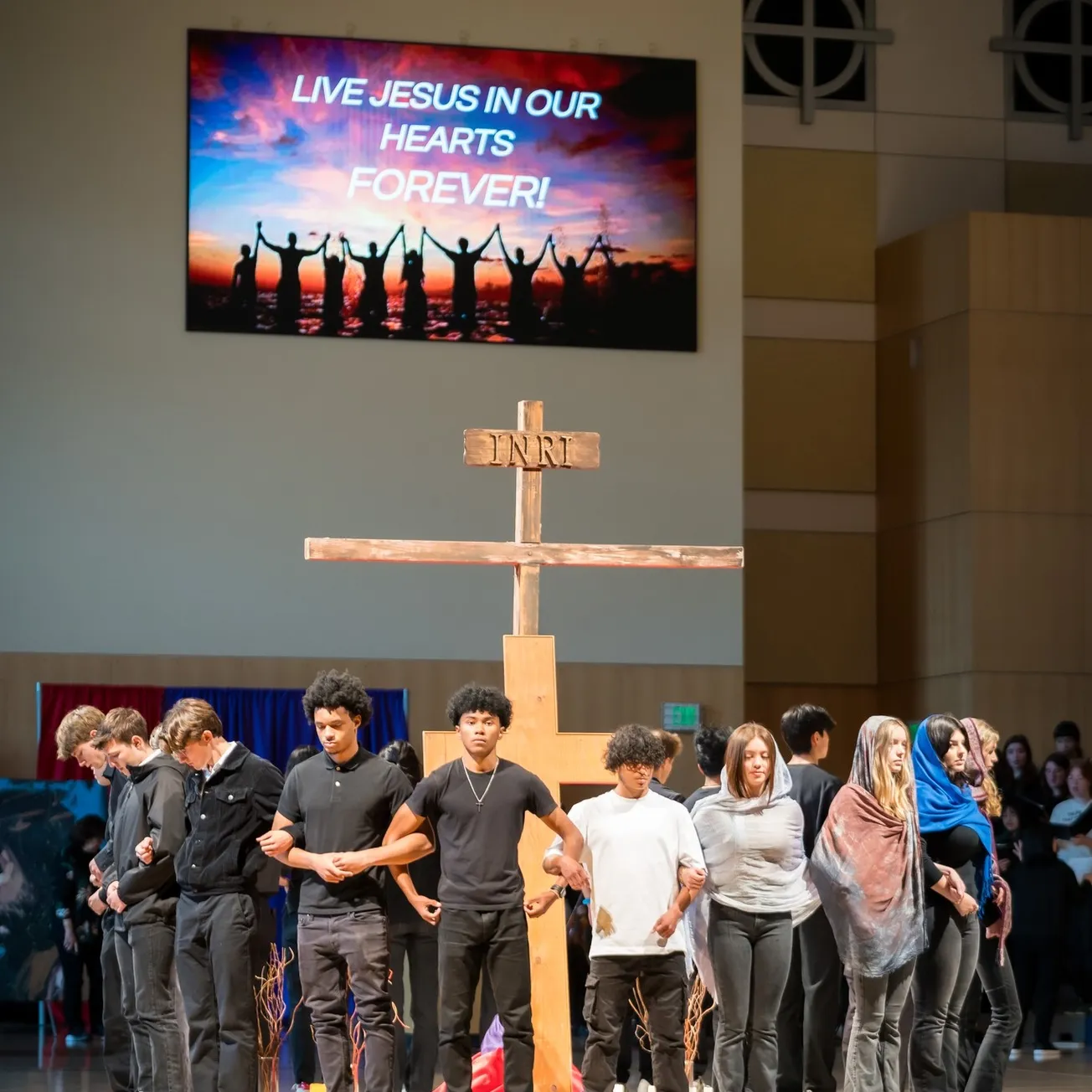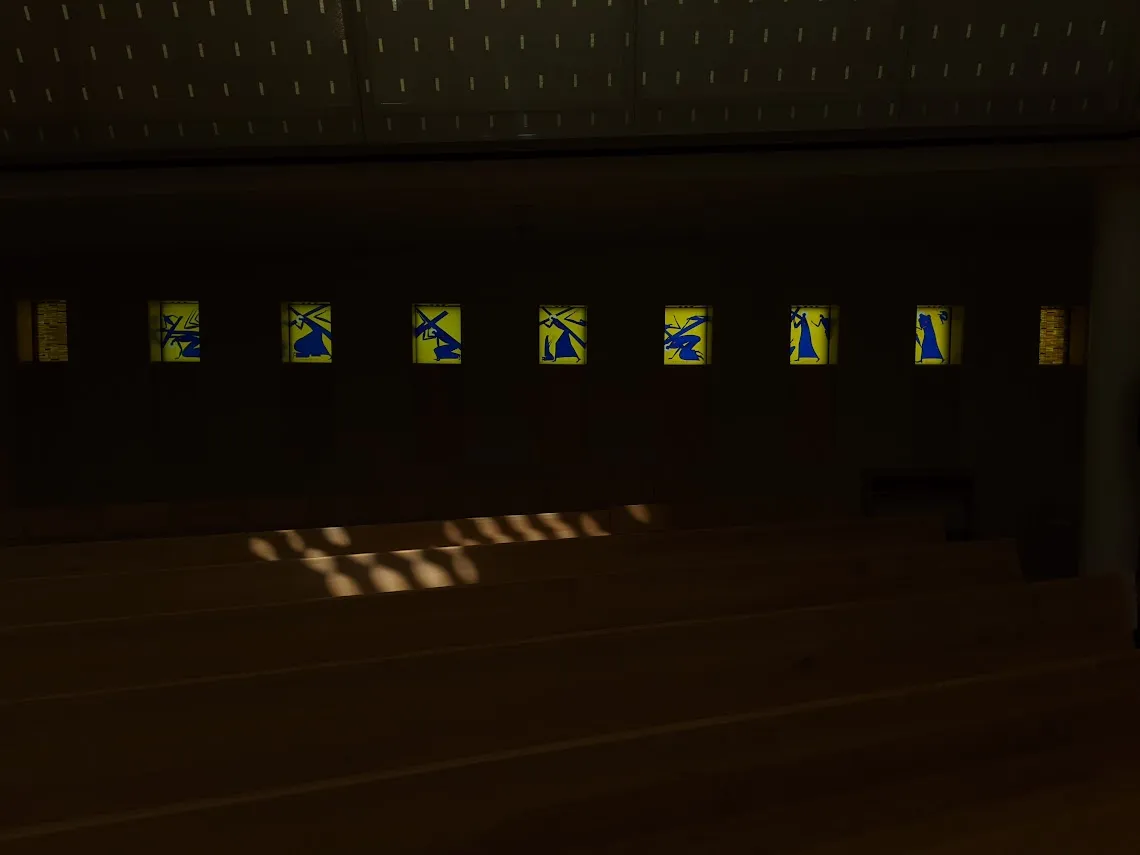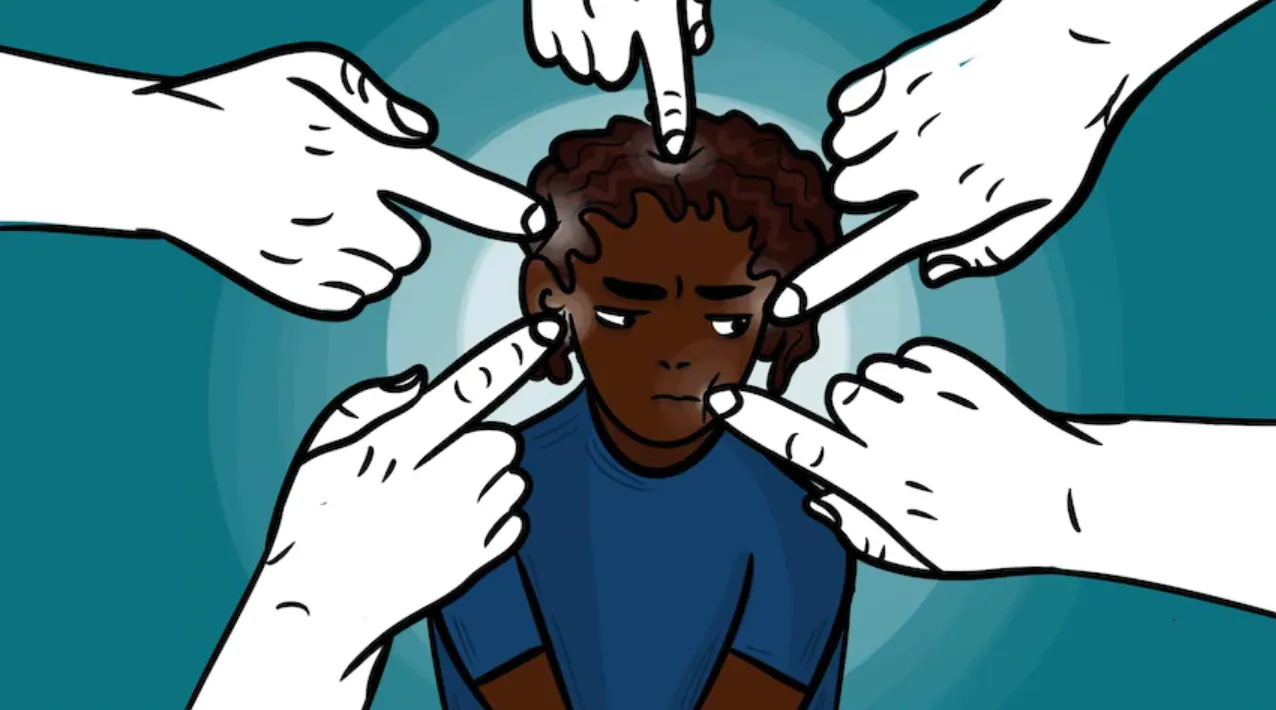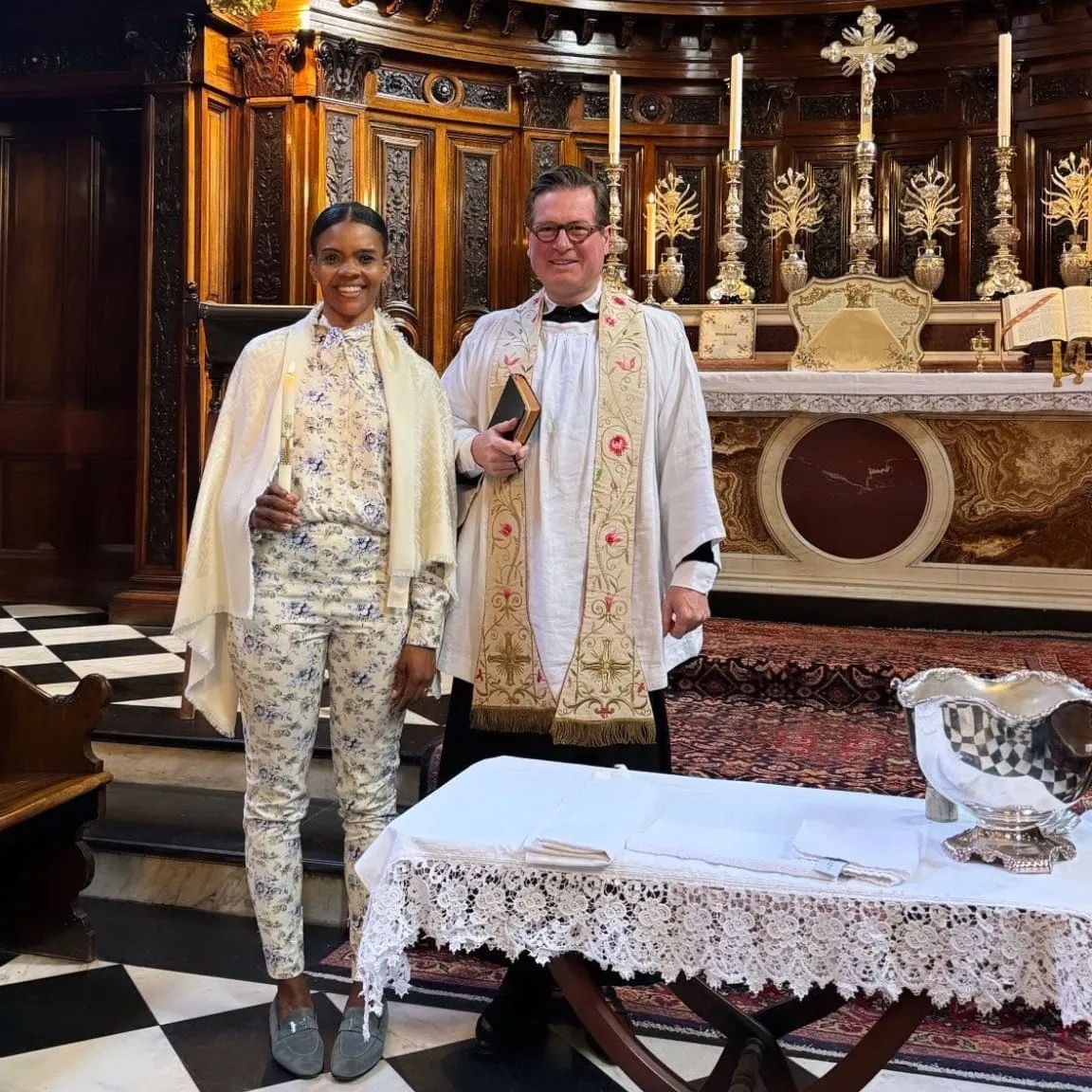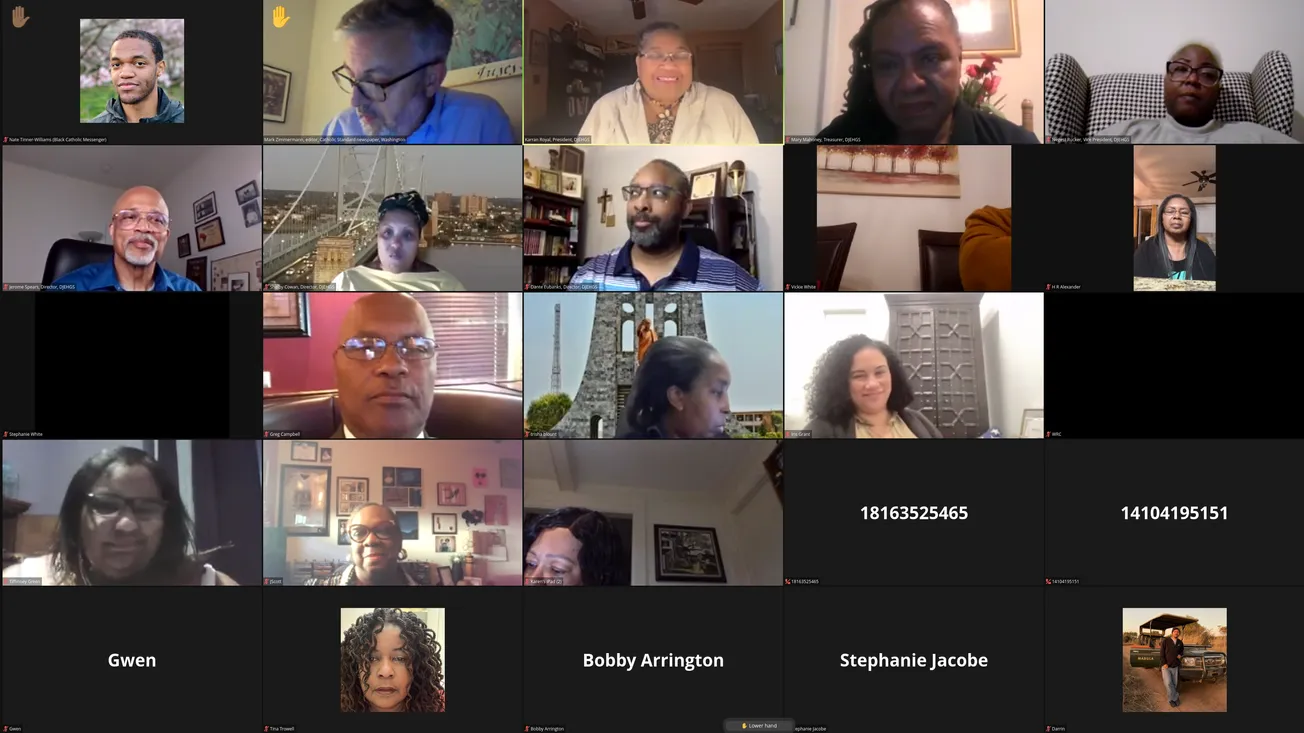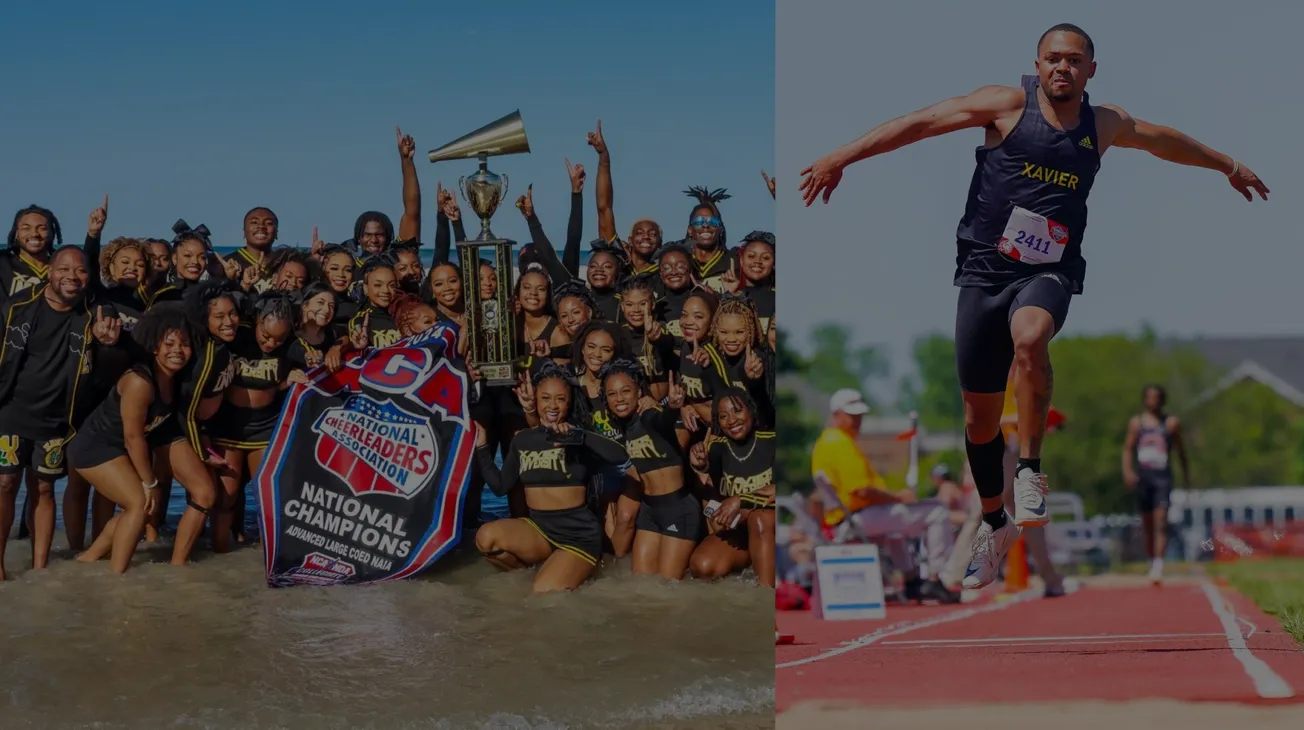On Saturday, an 18-year-old White male by the name of Payton Gendron drove almost 200 miles to carry out a racially motivated mass shooting that he had written about beforehand in a 180-page radical manifesto.
Some details that we know so far about the hate crime is that he picked the Tops Market in Buffalo, New York because it had the highest Black population percentage per zip code in a radius he was willing to drive. We also know that his hometown of Conklin, New York is 96% White and 0.97% Black.
New details being released from Gendron’s manifesto are shocking, but so is the absence of reporting from much of Catholic media and the failure of many Catholic prelates to call out this unthinkable act and rebuke White supremacy for the evil that it is.
On the contrary, you have bishops—like my own—who have recently told people that we shouldn’t worry about racism, but atheism instead.
We are worried about the wrong “ism”. Racism is immoral & should be shunned but the root of our problems is ATHEISM. Let us repent of our sins & humbly return to God. It we do this racism & every other ill that plagues our society will fall into dust. We must address this root!
— Bishop J. Strickland (@Bishopoftyler) February 24, 2021
The problem with this line of thinking is that there is objective, demonstrable evidence that both racism—and the denial of systemic racism—are more prevalent in Christian communities than in those affiliated with non-belief or atheism.
For instance, a poll conducted in 2019 on the patterns of belief about police violence against Black men found that 71% of White Evangelical Protestants and 63% of White Catholics affirmed that incidents of police violence against Black men are isolated incidents, and denied that it was part of a broader pattern of behavior. Only 33% of those religiously unaffiliated felt the same. These beliefs were more prominently held among White Christians despite objective evidence that policing falls ultimately on patterns of history and bias.
The same poll demonstrated that when it comes to the socioeconomic divide between White and Black Americans, 53% of White Evangelicals, 52% of White Catholics, and 51% of mainline White Protestants believed that Black Americans are worse off than White Americans because they don’t try hard enough. 70% of the religiously unaffiliated disagreed with the statement.
My question to bishops like Strickland is this: Why explain away racism as a product of atheism when it’s disproportionately infecting the souls sitting in the pews of parishes and churches?
Last weekend, Bishop Michael W. Fisher of Buffalo issued a statement via Twitter on the previous day’s White terrorism massacre in his diocese, and completely omitted the sin of racism that factored into the shooting. Instead, he wrote:
“The scourge of senseless gun violence that has taken the lives of so many across our nation and changed the lives of countless innocent men, women, and children must come to an end.”
In what unfortunately has become an all too common occurrence in this country has now shown its abhorrently evil face in Buffalo as we have now learned that 10 innocent souls have lost their lives here. (1/4) pic.twitter.com/sIdQa3a5KQ
— Diocese of Buffalo (@BuffaloDiocese) May 14, 2022
When I read the statement, I was grieved to discover that he mentioned nothing about the White supremacy that sprang up in the heart of Gendron and caused him to commit the act. Why are Catholics choosing to turn their back on the sin of racism instead of calling it out?
Most Catholic media websites seem not to have even reported on the issue. However, when it came to the Roe v. Wade draft being leaked, virtually everyone spoke on it and the immorality of abortion. When it comes to the dignity of the Black lives lost in the Buffalo shooting, no one seems to care.
Why does there seem to be such a lack of fair and equal reporting on African Americans on the dignity of human life in predominantly White Catholic media? Why do White priests and bishops fail to condemn the sin of racism as urgently as they condemn abortion?
In Fr Josh Johnson’s new book “On Earth As It Is In Heaven”, he puts forth an interesting theory—first mentioning that, despite the fact that most of the attendees for his talks on healing the racial divide in the Church are White, the behavior still persists.
Elaborating on why he thinks this phenomenon is happening, he states:
“I am absolutely seeing a sincere desire to advance racial harmony in the body of Christ. The means of the pursuit is through the proclamation of the gospel-that humanity fell, God came among us to save us, and we are called to build here on earth the glory that is found in heaven. Even still, there is an underlying fear that accompanies this holy desire. Many who desire to seek out and cultivate relationships with those who are racially, ethnically, or socioeconomically different are hesitant. Why is this? I think it is because there is a natural distrust and fear that comes with distance.
Speaking honestly, as I observe the actions of many lay and religious leaders of the Catholic Church in America, I see a lot of fear. This fear is not only rooted in the unknown but also in stereotypes. This fear leads to some pastors hesitating to walk closely-intentionally-with parishioners who are racially or ethnically different from them. It leads only to modest investment, at best, by many dioceses in serving predominantly Black communities.”
(pp. 16-17)
In accordance with this theory of fear, many Catholics who claim to oppose racism have published articles, written books, and hosted talks about “wokeism”, and have perpetuated the false stereotype that African-American movements and communities are violent or birthed in communism.
One clear example that I've observed is Auxiliary Bishop Robert Barron of Los Angeles, who seemingly desires to extend his outreach to the Black community while simultaneously misrepresenting Black social justice movements such as Black Lives Matter as violent—despite the fact that 93% of BLM protests have been peaceful.
In Barron’s article “‘Wokeism’ in France: The Chickens Coming Home to Roost”, he makes a number of alarming statements—including that what he calls “wokeism” is the root of violence in France and America. The term “woke” was birthed from the African-American struggle against oppression, but Barron brazenly perverts its meaning. This type of microaggression has been practiced by racists in the media for centuries, and Gunnar Gunderson expertly dissected Barron’s rhetoric in a piece written last summer.
Johnson's theory also makes sense as it concerns the details we know about the Buffalo shooter and his motives. In Gendron’s manifesto, he talks about how he didn’t know any Black people in real life and didn’t spend time with them, but had become radicalized through popular online fear-based theories like the “Great Replacement” and “White Genocide”.
Similarly, many in Catholic media and the US media at large continue to speak on “wokeism”—which they seem to perceive as an attack on the White family. Such ideas, however, are not rooted in reality. If Gendron had attempted to bridge the gap instead of falling into the falsehood of these radical, McCarthy-esque ideologies, he would have realized the demonstrable falsehood of the claims.
Lies about the Black community have been perpetuated by White Catholics at such a rate that it has bred disharmony, distrust, and a noted lack of communication between the larger Black community and the Catholic Church. This, despite the fact that Catholicism has a particular mission to evangelize the whole world. The divide is so wide that Catholic media overlooks reports on the loss of Black lives and their dignity, but in a heartbeat will publish an article claiming that Black BLM demonstrators are violent.
If we want to be united as a Church and witness to the world the way Christ intended, we must stomp out the evil of racism in his body—starting with telling our prelates to lead by example in calling it out.
Briana Jansky is a freelance writer, author, blogger, and host of the Geeks For Jesus podcast.


